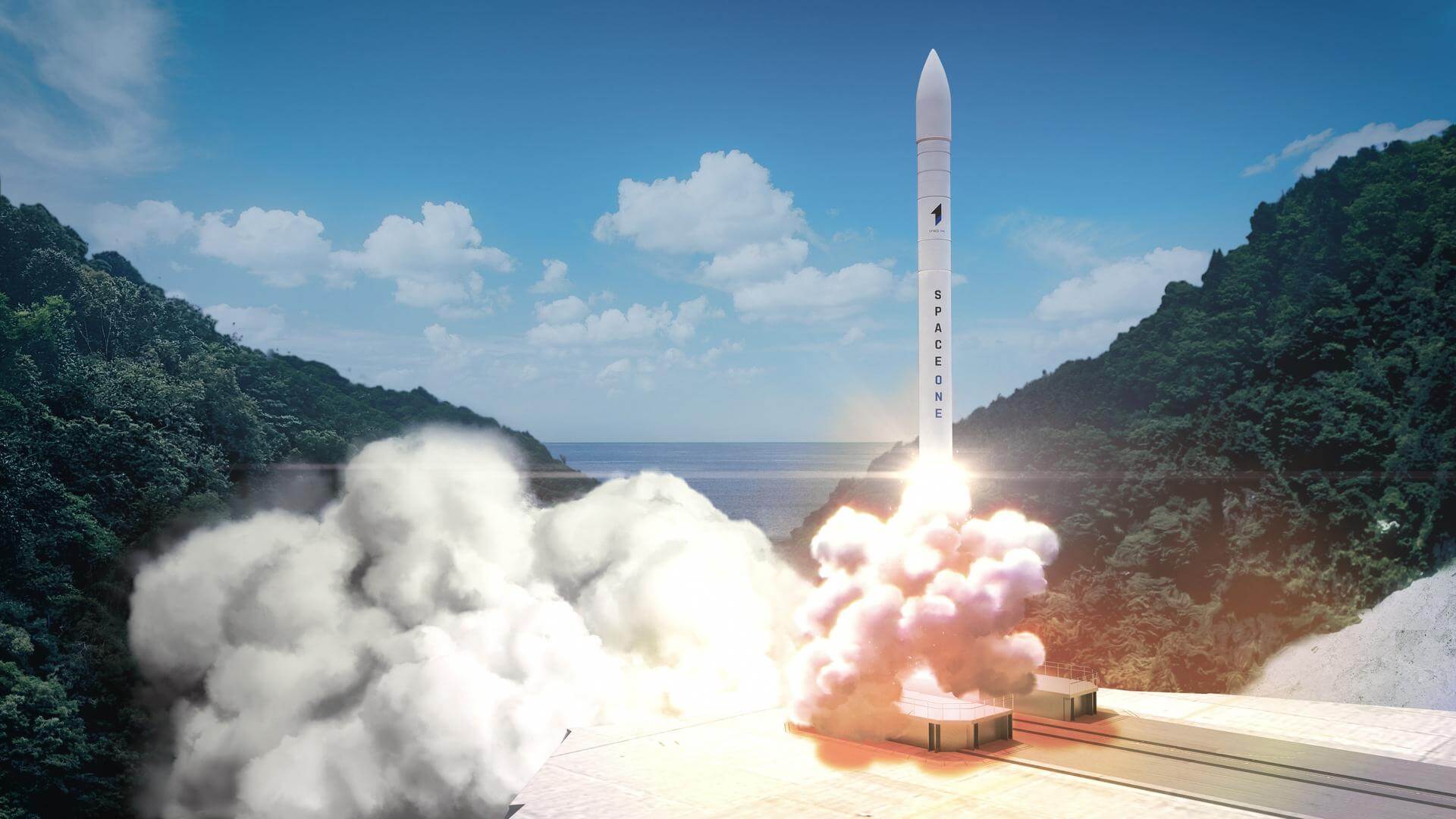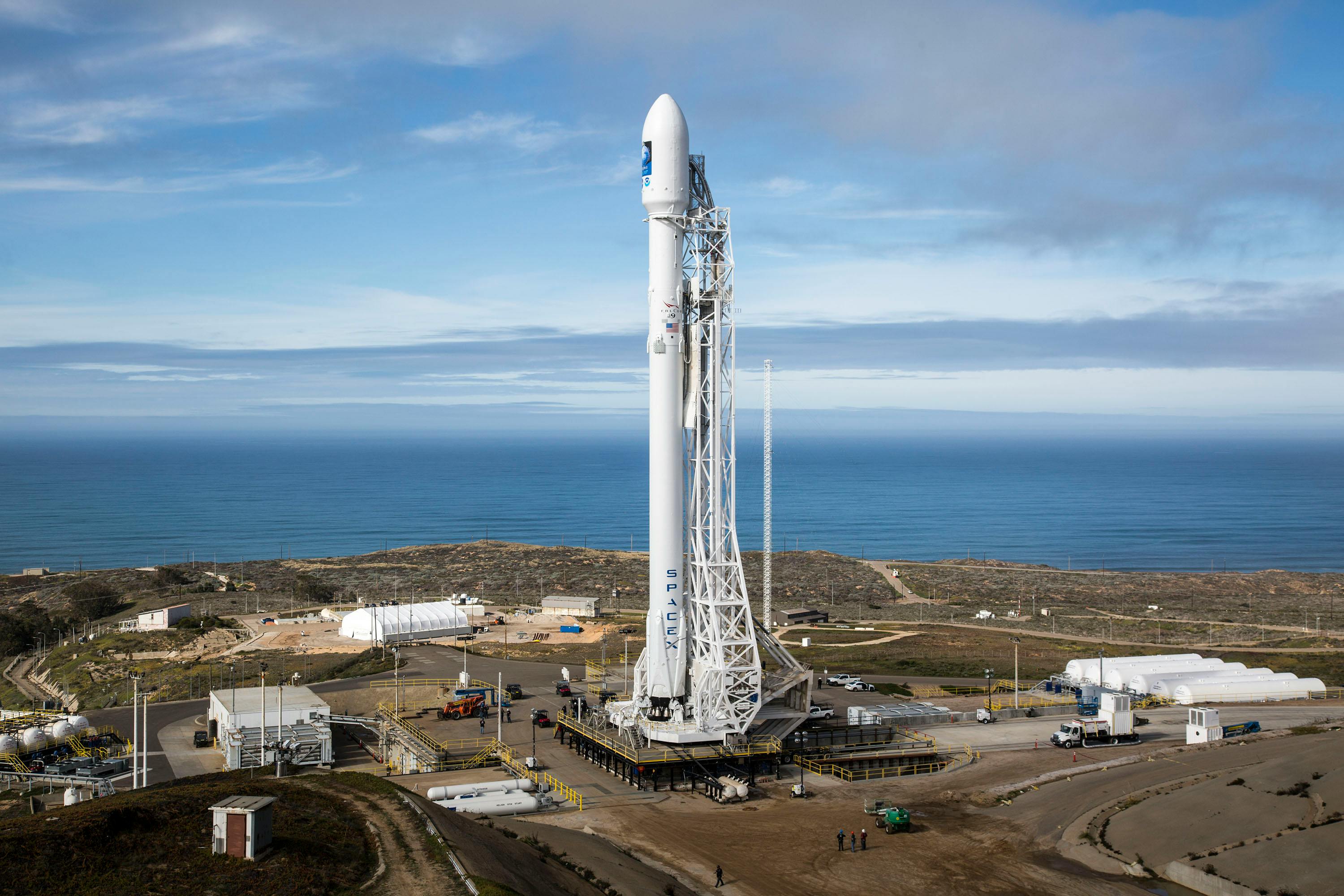· space brief · 5 min read
Space Brief 4 Dec 2024
Today's brief covers significant advancements in materials technology for space applications, a U.S. Navy contract for rocket production facilities, and NATO's upcoming classified cloud system.

📄Top Stories
Today’s top stories feature major funding for FibreCoat to enhance materials for space and defense sectors, a substantial U.S. Navy contract awarded to X-Bow to enhance rocket production capabilities, and NATO’s strategic move towards a secure, alliance-wide cloud infrastructure to safeguard sensitive data.
📰Detailed Coverage
FibreCoat Secures Significant Funding to Expand in Space and Defense
German startup FibreCoat has successfully raised nearly €20 million in a Series B funding round, announced on December 4th. This funding aims to boost the company’s efforts to expand their innovative materials technology into the space and defense markets, potentially revolutionizing materials used in satellite construction and defense applications. FibreCoat is known for its lightweight, durable fiber coatings, which could offer substantial benefits in reducing launch weights and enhancing satellite resilience.
The involvement of NewSpace Capital and Goose Capital highlights the strategic importance of advanced materials in future space developments. FibreCoat’s products can significantly impact satellite lifespan and performance in orbit, offering improved protection against space debris and harsh space environments. This aligns with our web app’s focus on tracking and analyzing the impact of satellite materials over time.
Read the full story: SpaceNews
U.S. Navy Awards X-Bow $60 Million for Solid Rocket Improvements
The U.S. Navy has awarded a $60 million contract to X-Bow Systems to upgrade its solid rocket motor production facilities. These enhancements at the Naval Surface Warfare Center Indian Head Division in Maryland are crucial for maintaining the Navy’s competitive edge and ensuring the reliability of its strategic and tactical missile systems. The contract underscores the Navy’s commitment to integrating cutting-edge technology into its defense framework.
This funding will be directed towards modernizing two major facilities to increase efficiency and output. As global military tensions rise, such investments ensure that the U.S. retains readiness and response capabilities through superior missile technology. These improvements will also facilitate quicker deployment of next-generation rockets for various military needs.
Read the full story: SpaceNews
NATO Develops Alliance-Wide Classified Cloud System
NATO’s Chief Information Officer announced plans for a robust, alliance-wide classified cloud system, designed to enhance military collaboration and data security among member nations. This cloud infrastructure will provide a centralized platform for storing and managing sensitive information, enabling seamless data sharing while maintaining rigorous security standards.
The development of this system is pivotal as it offers improved coordination and data accessibility across NATO allies, supporting both strategic operations and everyday military activities. With the increasing prevalence of cyber threats, such a system bolsters resilience against data breaches and espionage attempts.
Read the full story: Breaking Defense
Radar Technology Advances to Counter Drone Warfare
Ongoing advancements in radar technology are proving crucial in the growing field of counter-drone warfare. Modern radars are now capable of detecting and neutralizing threats posed by sophisticated drones and missiles, which can attack from multiple directions simultaneously. These radars are essential for maintaining air security as the threat landscape evolves.
This research highlights the importance of radar technology in both offensive and defensive military operations. Enhanced radar capabilities can provide earlier detection of threats and more effective countermeasures, crucial for protecting national infrastructure and military assets.
Read the full story: Breaking Defense
New Army Missile Extends Range Beyond 1000 km
The U.S. Army is exploring a new iteration of its Precision Strike Missile (PrSM), designated Inc. 5, expected to fire from autonomous launchers and reach distances beyond 1,000 kilometers. The development of this missile is part of a broader strategy to extend the reach and lethality of Army precision fires in complex battle environments.
PrSM Inc. 5 aims to enable operations that were previously beyond reach, substantially increasing the tactical options available to military commanders. The advancement in missile technology reflects a trend towards autonomous systems that can deploy precision strikes from safe distances, ensuring both effectiveness and personnel safety.
Read the full story: Breaking Defense
🛰️Satellite Spotlight
- Satellite Name: METEOR 2-9
- NORAD ID: 13718
- Launch Date: 1982-12-04
- Mission: Meteorological data collection and analysis
- Orbit: Inclination 81.2515°, Period 101.71 minutes, Eccentricity 0.0053
- Operator: GUKOS/GMS
- Fun Fact: METEOR 2-9 is part of Russia’s long-standing series of weather satellites, providing critical data over several decades to improve weather forecasting and climate research.
Current TLE Data:
1 13718U 82116A 24317.95449343 .00000270 00000-0 12930-3 0 89993
2 13718 81.2515 198.1162 0053246 180.9581 179.1500 14.15791053164127Track this satellite in real-time on our web app: Track METEOR 2-9
🚀Upcoming Space Launches
December 4
- SpaceX Falcon 9:
- Starlink Group 6-70 from Cape Canaveral SFS, FL, USA (08:29 UTC) A batch of 24 satellites for the Starlink mega-constellation - SpaceX’s project for space-based Internet communication system.
- Russian Space Forces Soyuz 2.1b:
- Kosmos (Unknown Payload) from Plesetsk Cosmodrome, Russian Federation (16:00 UTC) Russian military satellite(s) of unknown variant.
- Arianespace Vega-C:
- Sentinel-1C from Guiana Space Centre, French Guiana (21:20 UTC) Sentinel-1C carries advanced radar technology to provide all-weather, day-and-night imagery of Earth’s surface. It replaces Sentinel-1B after a technical anomaly.
December 5
- SpaceX Falcon 9:
- Starlink Group 9-14 from Vandenberg SFB, CA, USA (00:06 UTC) A batch of satellites for the Starlink mega-constellation - SpaceX’s project for space-based Internet communication system.
- Indian Space Research Organization PSLV-XL:
- Proba-3 from Satish Dhawan Space Centre, India (10:42 UTC) Proba-3 is the first close formation flying mission for ESA, involving two spacecraft flying 150 meters apart.
- SpaceX Falcon 9:
- Sirius SXM-9 from Kennedy Space Center, FL, USA (16:10 UTC) SXM-9 is a high-powered digital audio radio satellite for SiriusXM with a large, unfurlable reflector.
December 7
- SpaceX Falcon 9:
- Starlink Group 11-2 from Vandenberg SFB, CA, USA (21:24 UTC) A batch of satellites for the Starlink mega-constellation - SpaceX’s project for space-based Internet communication system.
December 8
- SpaceX Falcon 9:
- Starlink Group 12-5 from Cape Canaveral SFS, FL, USA (05:10 UTC) A batch of satellites for the Starlink mega-constellation - SpaceX’s project for space-based Internet communication system.
December 14
- Space One KAIROS:
- Flight 2 from Spaceport Kii, Japan (02:00 UTC) Second flight of the KAIROS launch vehicle. Payload is TBD.
Note: Launch dates and times are subject to change due to technical or weather considerations.

Maurice Stellarski




